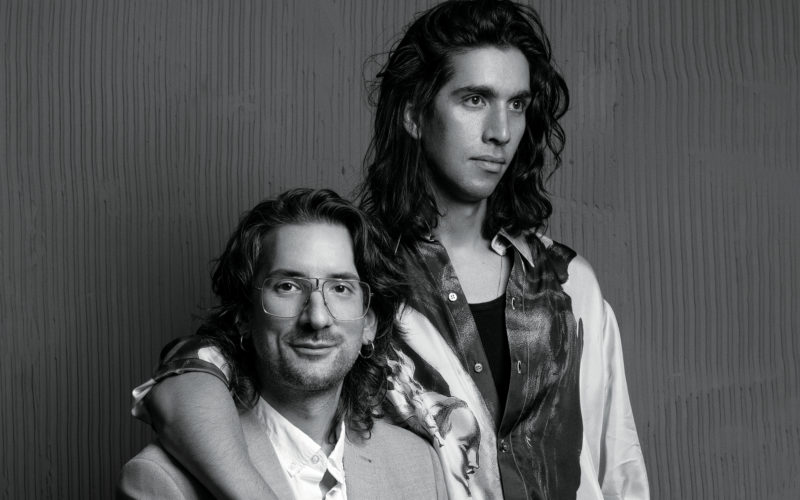Some executives in the media world have long warned about the day when a real war would break out between Big Cable and Hollywood — and reshape the future of pay TV as we know it.
On Friday, after years of escalating tensions, the battle began, pitting the No. 2 US cable company Charter Communications Inc. against media giant Walt Disney Co. At midnight, with the two sides unable to reach a new, multiyear programming contract, Charter’s 14.7 million TV subscribers lost access to ABC, ESPN, and other Disney-owned channels, including coverage of the US Open tennis tournament this weekend.
Neither side appears ready to budge. ESPN took to social media to alert Charter customers that the network had been cut from their lineup, offering up a link to more information. Charter, which offers TV service under the Spectrum brand in cities like New York and Los Angeles, shot out its own notices to customers and held an impromptu call with investors early Friday.
“We’re on the edge of a precipice,” Charter Chief Executive Officer Chris Winfrey said on the call. “We’re either moving forward with a new collaborative video model, or we’re moving on.”
Entertainment and cable stocks tumbled. Disney, whose businesses includes theme parks and cruise ships, was down 2.4% at the close Friday in New York. Warner Bros. Discovery Inc. slumped 12% and Paramount Global, the parent of CBS, slid 10%. Charter was down 3.6% and Comcast Corp., the No. 1 cable provider, declined 2.2%.
An estimated $4 billion in revenue, including distribution fees and advertising, is on the line for Disney, according to Bloomberg Intelligence. But the stakes may be even higher for the broader media and pay TV industry, according to analysts at Lightshed Partners LLC who call it a “watershed moment.”
Winfrey saw this coming. Seven years ago, Charter’s CEO warned of a growing consumer rebellion against soaring pay-TV rates, especially the high price for sports coverage that many consumers never watch. Monthly cable bills today average about $126, according to Bloomberg Intelligence. Winfrey called on major media companies like Disney to let Charter package channels in ways that would slow the loss of viewers to streaming.
“It’s still not easy to put small packages together that are compelling and it’s not in the interest of big programmers to let that happen,” Winfrey said.
Financial disputes between media companies and their cable partners are nothing new, and consumers have routinely endured blackouts. Customers of DirecTV, for example, have been unable to see stations owned by Nexstar Media Group Inc. for the past two months, missing out on programs from Fox, CBS and NBC.
But the fight between Charter and Disney looks bigger. Cable TV subscriber losses have accelerated in recent years, with the industry now down to about 70 million customers from a peak of more than 100 million.
That’s led Disney and its chief executive officer, Bob Iger, to rethink the company’s long-term commitment to traditional cable and broadcast programming.
Iger made that clear at a July conference of media and tech executives in Sun Valley, Idaho. He said Disney was exploring options to bypass cable providers and sell ESPN directly to consumers, possibly through a partnership. He also declared that traditional TV networks may not be a core asset, and raised the prospect of selling ABC and the company’s non-sports cable channels.
Disney has been investing heavily in its own direct-to-consumer streaming services — Disney+, ESPN+ and Hulu — making them an alternative outlet for its vast library of entertainment.
Winfrey, who earlier in his career worked in Europe, where customers more often pay for separate packages of sports programming, appears to have been preparing for a showdown with Disney. Both Charter and industry leader Comcast Corp. have recently introduced lower-cost cable TV packages that have fewer channels than standard subscriptions and are among the first in the industry to exclude Disney’s ESPN.
Starting as early as this month, Charter will offer two tiers of TV packages. One, called Spectrum Select Plus, provides an extensive sports lineup including local regional sports networks. The other, called Spectrum Select Signature, excludes sports. Charter also plans to launch a streaming service for its customers that includes regional sports networks as an alternative to the cable TV offer.
Disney is asking for increases in the roughly $2.2 billion in subscriber fees it gets from Charter annually. Charter wants Disney to lower the minimum number of subscribers that it has to pay for, so it can offer more packages without sports.
Charter is also asking Disney to let it give streaming services like Disney+ and Hulu to its premium cable customers for free, arguing that much of that content was created for traditional TV viewers, according to people familiar with the discussions who asked to not be named. For consumers who use Charter only for internet access, the company wants to offer Disney’s streaming services under a revenue-sharing agreement.
The clock is ticking. On one side Disney is casting about for a new video strategy that could include offering ESPN through an online subscription service. It’s also dealing with a halt in film and TV production because of the strike by Hollywood actors and writers.
On the Charter side, TV subscribers woke up Friday unable to watch popular channels like ABC or ESPN. They may soon face a blackout of football games as the college and NFL seasons begin.
“The stark reality is the media and distribution landscape has been building up to this moment for many years,” analyst Craig Moffett, with MoffettNathanson Research, wrote in a research note. “It’s becoming clearer than ever that there is no going back. The lifeboats have already been burned.”
— With assistance by Gerry Smith


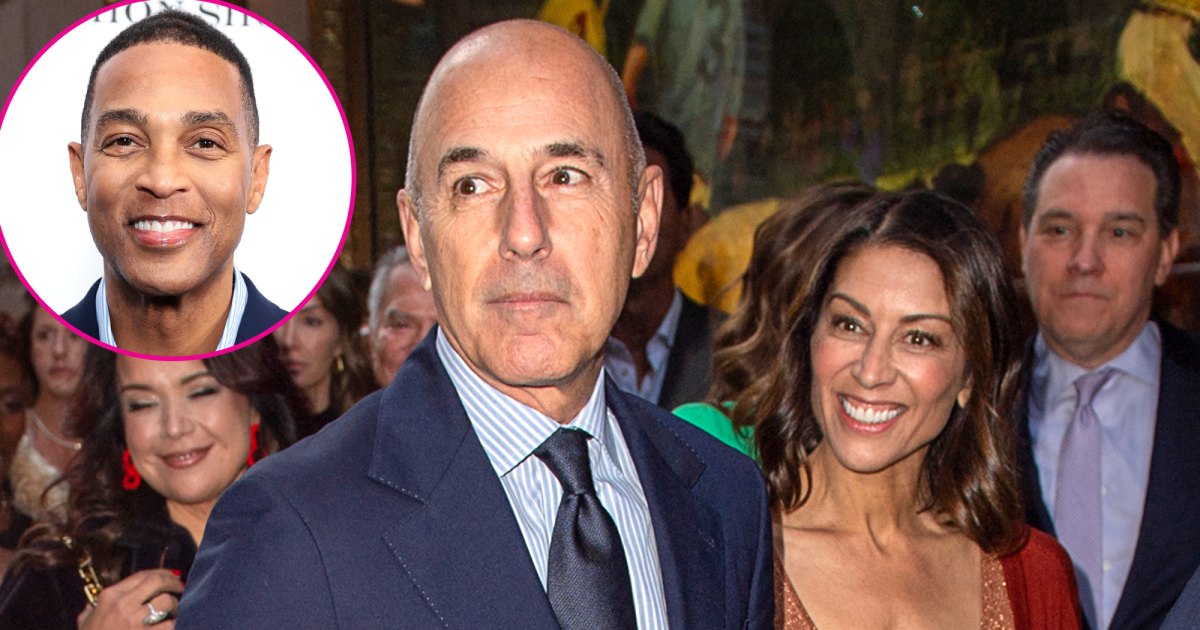

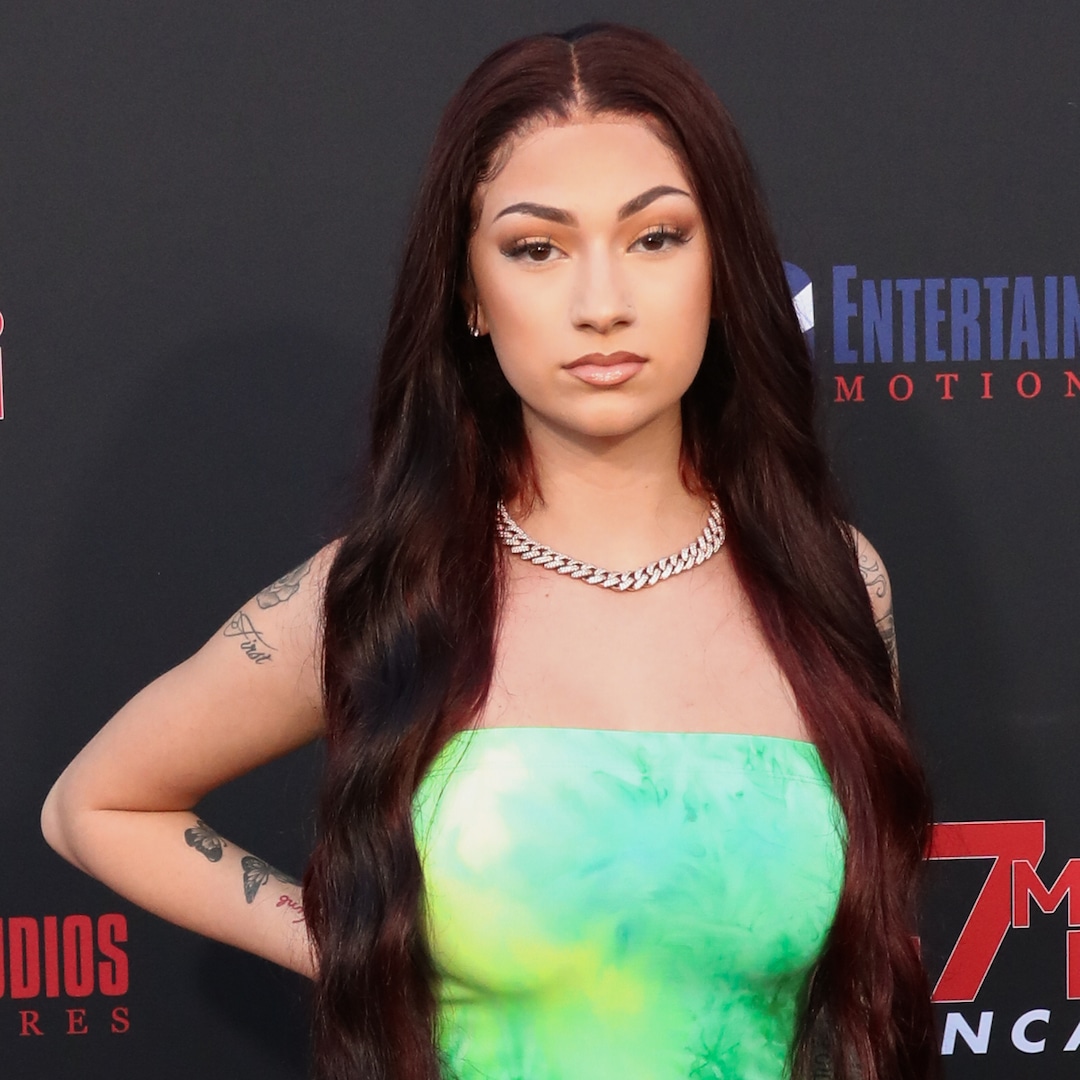


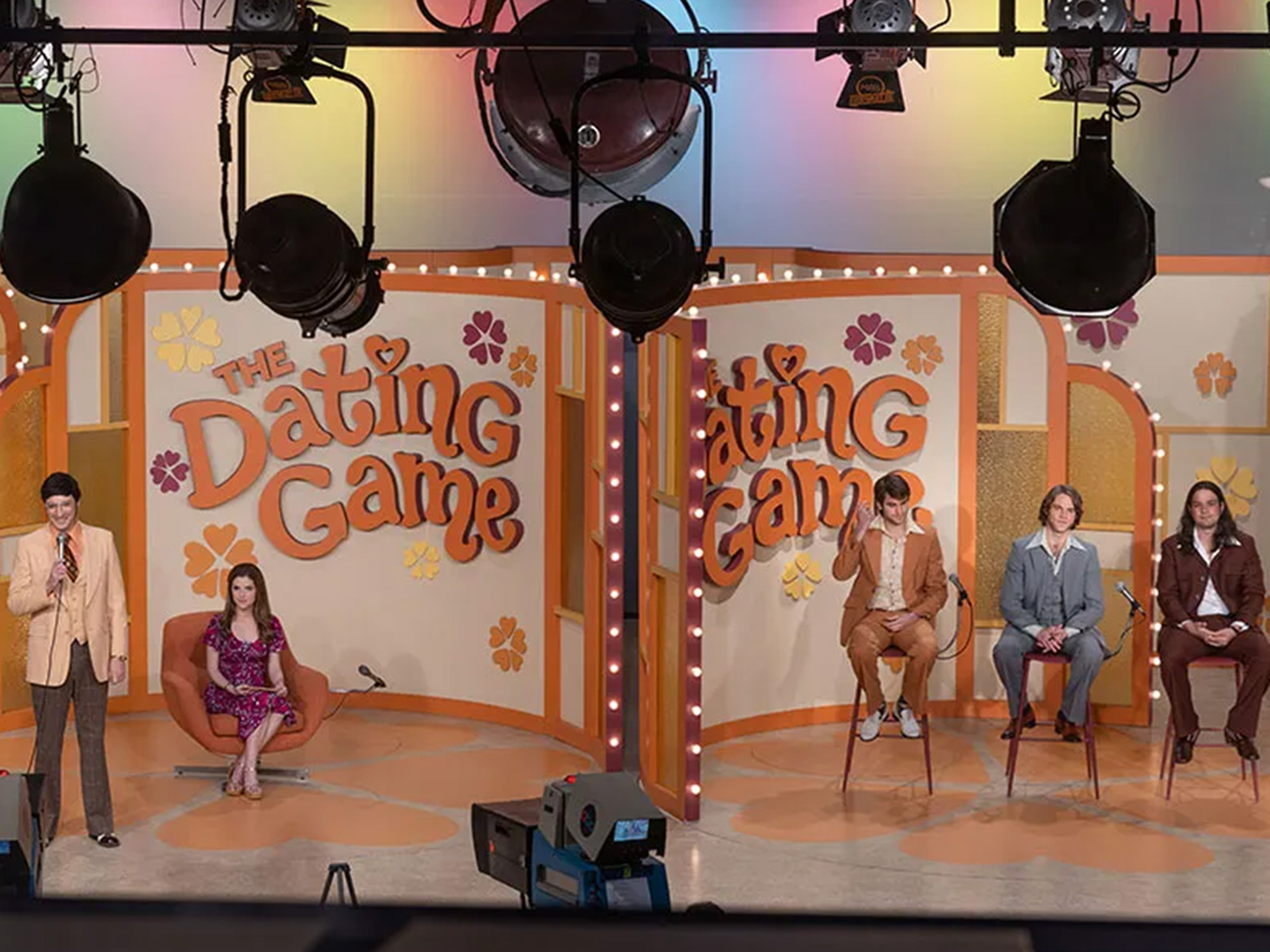

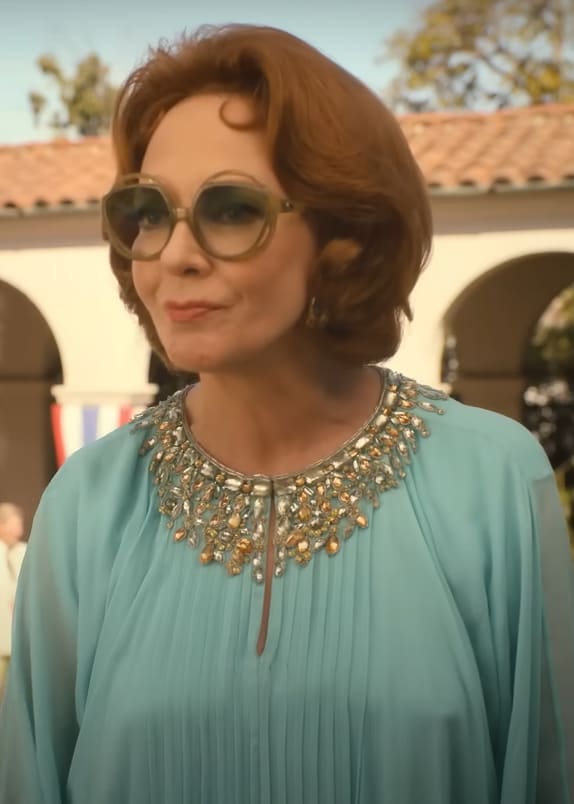

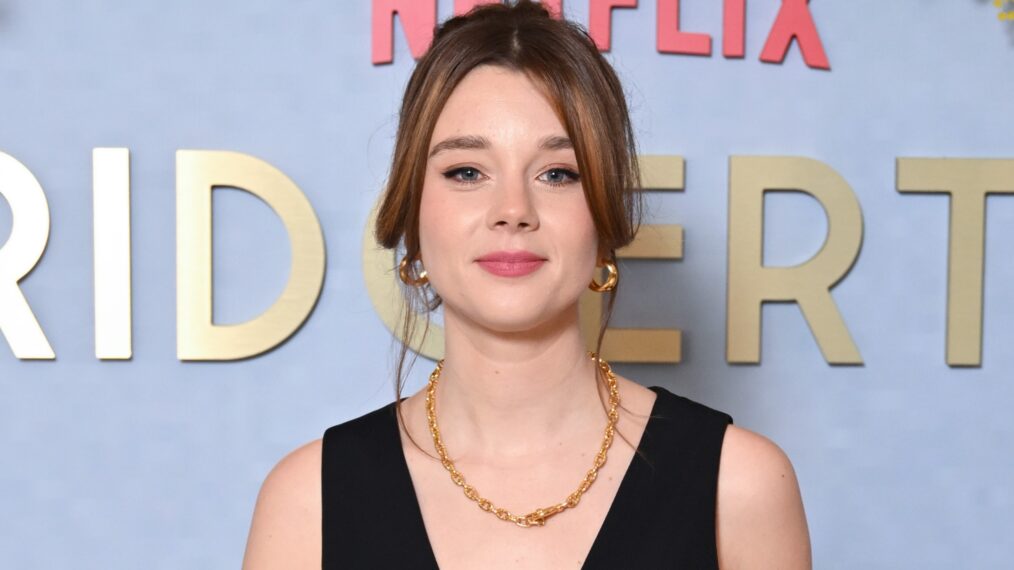
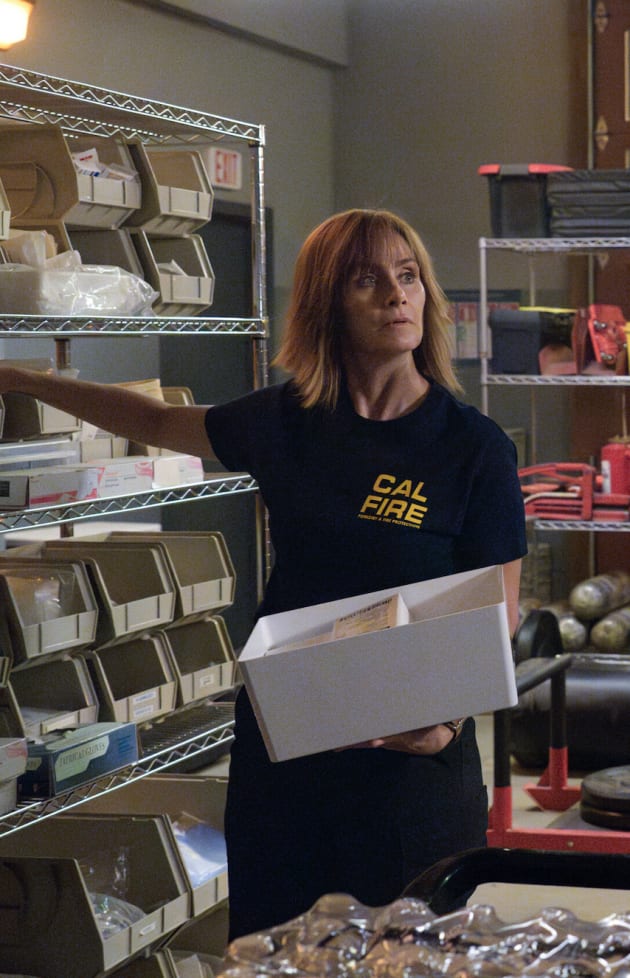





:quality(85):upscale()/2023/09/13/661/n/1922564/e914a1066501cc897903d6.08615338_.png)
